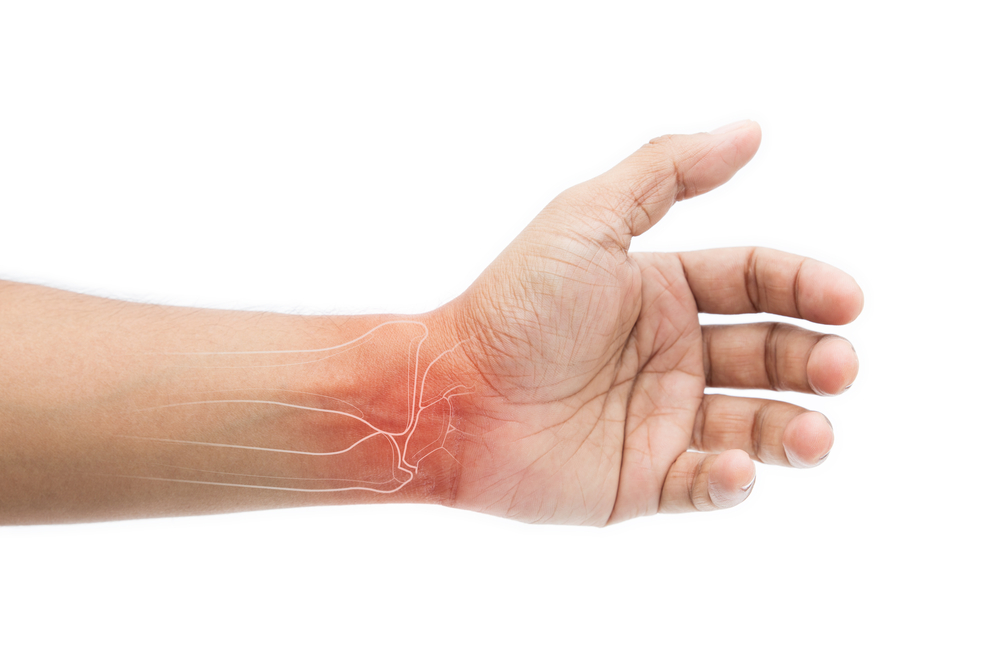
Bowling is known to be a low-impact sport that virtually everyone can enjoy. Even the elderly can enjoy it without too big of a risk of injury. For that reason, when people develop carpal tunnel, they don't usually consider bowling a possible cause.
But could your bowling fun be to blame? That's what we'll cover in this article. By the end, you'll know for sure whether bowling can cause carpal tunnel syndrome.
Contents
- 1 Can Bowling Cause Carpal Tunnel Syndrome?
- 2 Carpal Tunnel Syndrome Symptoms
- 3 Which Bowlers Are at Risk of Carpal Tunnel Syndrome?
- 4 How Bowlers Can Prevent Carpal Tunnel Syndrome
- 5 How to Treat Carpal Tunnel Syndrome
- 6 When to See a Doctor for Wrist or Hand Pain
- 7 Other Bowling-Related Injuries to Look Out For
- 8 Don’t Be Afraid to Have Fun on the Lanes
Can Bowling Cause Carpal Tunnel Syndrome?
Despite being a low-impact sport, bowling can still cause carpal tunnel syndrome. This may be against popular belief, but it's true. Carpal tunnel syndrome is a condition that affects the hands and wrist tendons.
It occurs when the median nerve, which runs from the forearm to the hand, becomes compressed. The condition is often caused by repetitive motions, such as typing or using a mouse. However, it can also be caused by activities that put pressure on the wrist, such as bowling.
Hurling a heavy bowling ball down the lane repeatedly can put considerable pressure on the median nerve, which can certainly cause some damage.
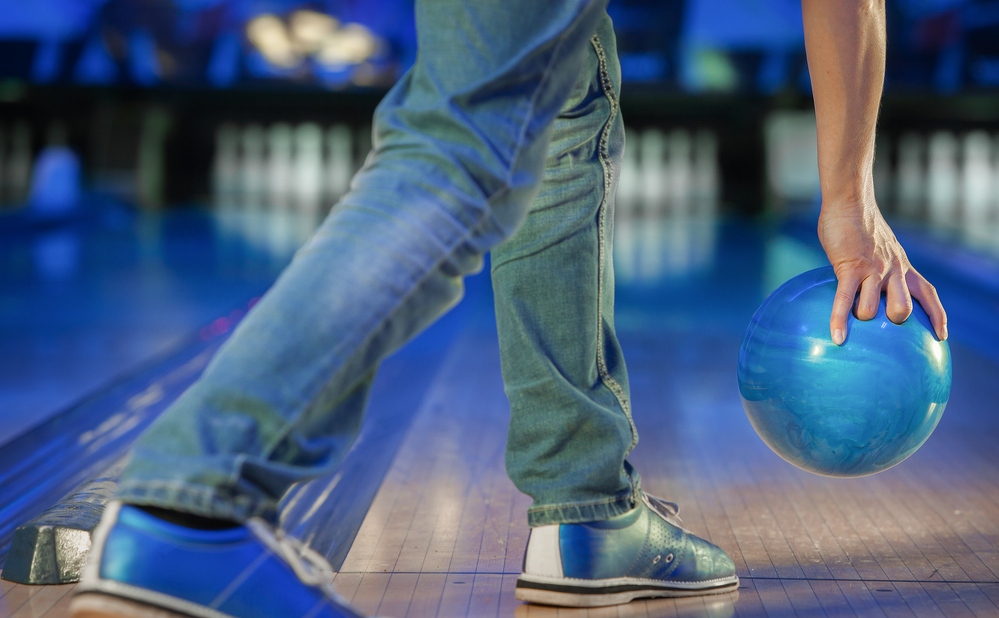
Carpal Tunnel Syndrome Symptoms
Many people self-diagnose themselves with carpal tunnel syndrome, though getting a professional evaluation from a doctor is ideal. Still, the sooner you realize that you may have the condition, the quicker you can begin treating it at home. Carpal tunnel syndrome has very particular symptoms.
These include tingling, numbness, and weakness in the thumb and first three fingers. You may find yourself shaking your hand in an effort to stop the tingling. The pain may also radiate up the arm and into the shoulder.
In severe cases, carpal tunnel syndrome can lead to decreased grip strength and even loss of feeling in the affected hand. Those with severe carpal tunnel syndrome may drop things and struggle to do everyday tasks like buttoning a shirt or holding a pen.
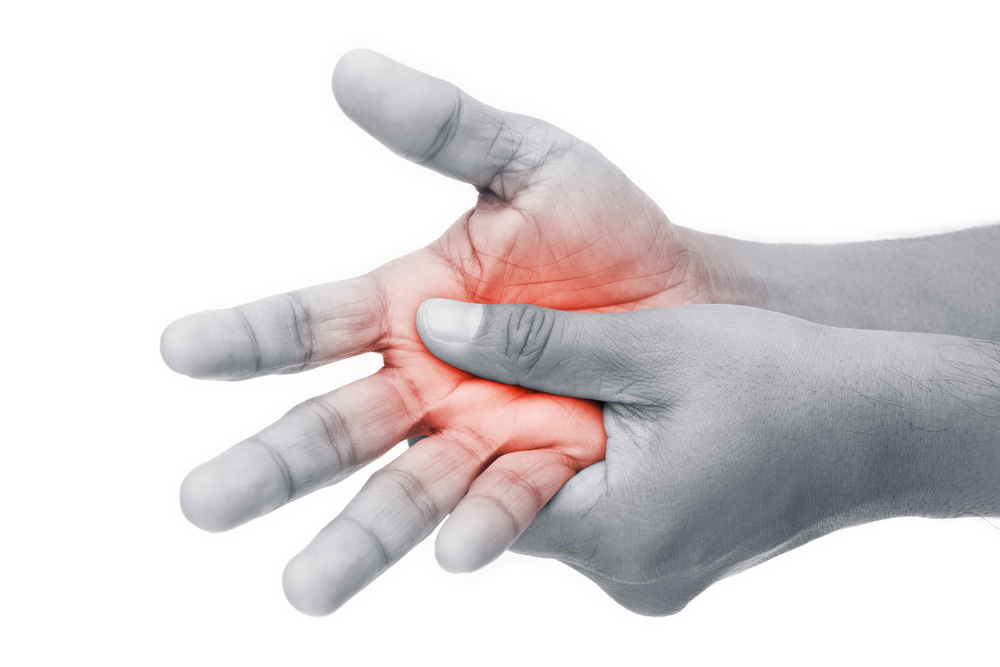
Which Bowlers Are at Risk of Carpal Tunnel Syndrome?
Since median nerve pressure is the leading cause of carpal tunnel syndrome, bowlers who are at the highest risk are those who grip the bowling ball tightly and throw it with a lot of force.
Your risk of developing carpal tunnel syndrome also increases the heavier your bowling ball is, how often you hook your ball, and how often you bowl in general.
So, most avid pro bowlers are at risk of carpal tunnel syndrome.
If you rarely go bowling, your risk is much lower. But avoiding bowling, or curbing your bowling habit, isn't a real solution.
There are many other things that cause carpal tunnel syndrome, like heavy typing or computer work, trauma (from falls, car accidents, sleeping on your wrist, prior wrist injuries, etc.), diabetes, or fluid retention.
If you love to bowl, you can continue to do so - but there are some steps that you should take if you want to minimize your risk of carpal tunnel syndrome.
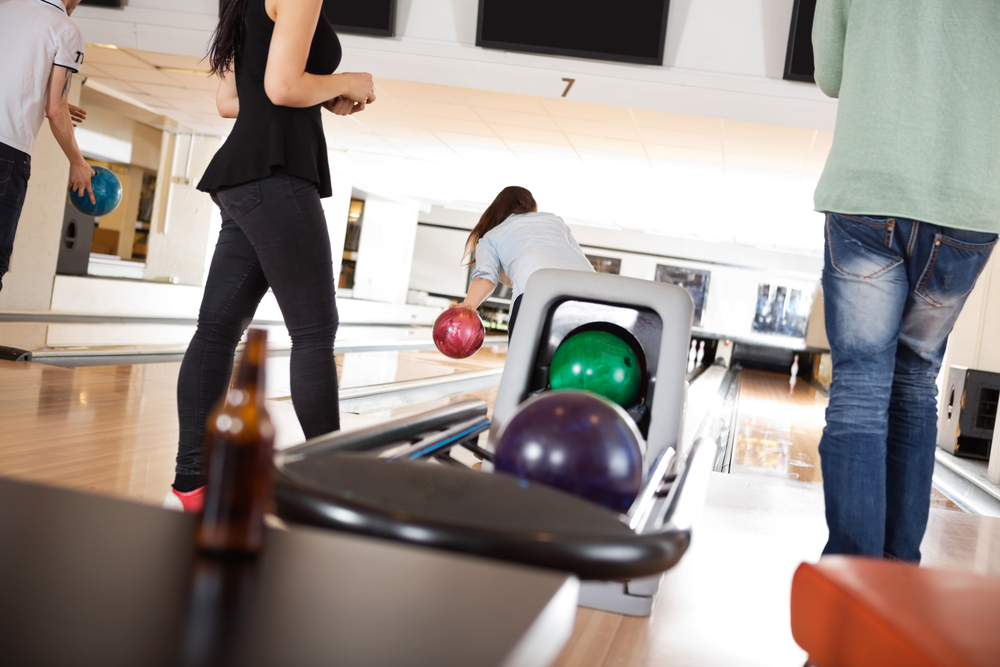
How Bowlers Can Prevent Carpal Tunnel Syndrome
If you haven't developed carpal tunnel but are concerned that you might, there are several things you can do to prevent it from happening.
- Don't bowl cold: It's always important to stretch and warm up before any physical activity, bowling included. Here's a video showing how professional bowler Chris Barnes stretches out his wrists and body prior to a bowling match.
- Choose the right ball weight: A bowling ball that's too heavy for you can put unnecessary strain on your wrists. Bowling balls come in several weights - from 6lbs to 16lbs - choose a ball that feels comfortable in your hand and doesn't cause you to strain while throwing it. Go to your local bowling alley and try out multiple balls to see which feels best for you.
- Don't grip the ball too tightly: It may feel like gripping the ball tighter will give you more power or control, but it can lead to strain and injury. Practice loosening your grip on the ball while still maintaining control over how you throw it.
- Take breaks and listen to your body: Don't bowl for hours on end - take breaks between games and give your wrists a rest, especially if you tend to have wrist pain during other activities. If you start to feel any numbness or tingling in your hands, stop and give them a break.
- Wear wrist support: Wrist supports can help alleviate carpal tunnel symptoms and prevent them from occurring in the first place. They come in different styles - some are straps that go over the wrist, while others are rigid splints that offer more support.

How to Treat Carpal Tunnel Syndrome
There are several treatment options available for carpal tunnel syndrome. These include splinting, corticosteroid injections, physical therapy, and surgery. In most cases, nonsurgical treatments will be tried before surgery is considered.
If you have mild symptoms, your doctor may recommend wearing wrist support, like a wrist brace, at night, to keep your wrist from bending while you sleep. This can help relieve pressure on the median nerve and reduce inflammation.
For more moderate cases of carpal tunnel syndrome, corticosteroid injections may be recommended to reduce inflammation around the median nerve. These injections can provide temporary relief, but carpal tunnel syndrome often returns once the effects of the injection wear off.
Physical therapy exercises may also be recommended to improve the range of motion and strengthen the muscles around the wrist and hand.
You could experience significant improvement with physical therapy, but it may take several weeks or months before you see results. Carpal tunnel surgery is usually only recommended for severe cases that haven't responded to other treatments.
During surgery, the carpal tunnel ligament is cut to decrease median nerve pressure. Recovery from surgery typically takes several weeks, but the procedure usually provides significant relief from symptoms. Some patients may experience complications from surgery, such as infection or nerve damage, but this is rare.
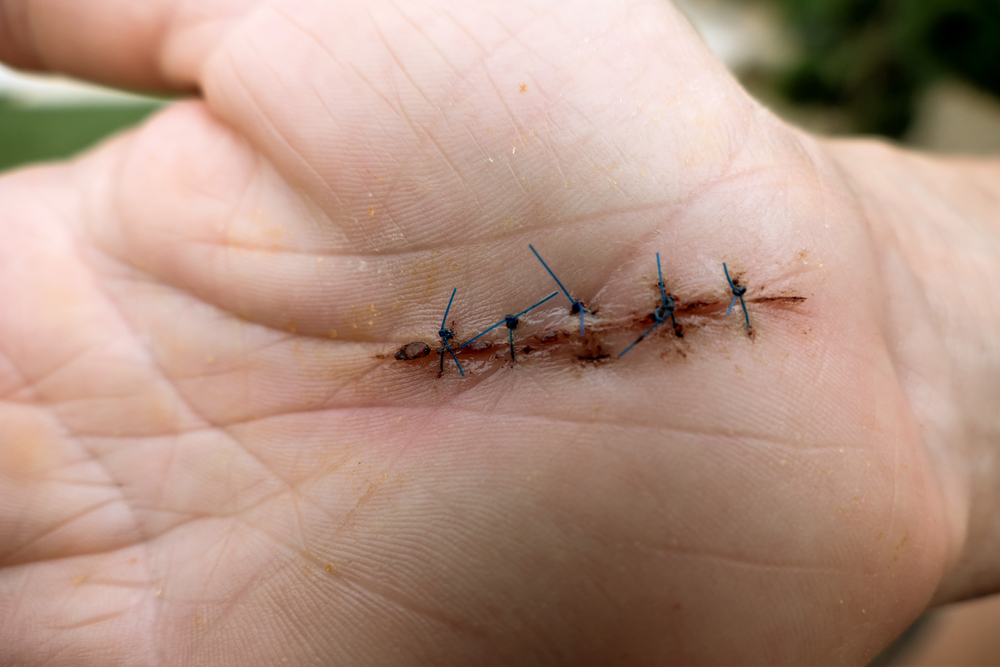
When to See a Doctor for Wrist or Hand Pain
Any time you experience persistent numbness, tingling, or pain in your hand or wrist, it's important to see a doctor for an evaluation. They can determine if carpal tunnel syndrome or another condition is causing your symptoms and provide appropriate treatment.
Remember, early intervention for carpal tunnel syndrome can often prevent it from worsening and ease your symptoms. Don't wait until the pain becomes unbearable - seek medical attention as soon as possible.

Other Bowling-Related Injuries to Look Out For
In addition to carpal tunnel syndrome, bowling can lead to other bowling injuries, such as tendonitis and elbow pain. Tendonitis is inflammation of the tendons, which can occur with repetitive motions such as throwing a bowling ball.
Wrist tendonitis and shoulder tendonitis are common for bowlers.
Common bowling injuries include elbow pain, known as tennis elbow or golfer's elbow, which can also occur with repetitive motions. Bowler's thumb is another injury that happens when the bowling ball has a lot of spin or is thrown too hard when the thumb hole is ill-fitting.
As with carpal tunnel, these issues can often be prevented or treated by warming up before bowling, using the proper equipment, and listening to your body's warning signs.

Don’t Be Afraid to Have Fun on the Lanes
Though carpal tunnel syndrome is a serious condition, it doesn't mean you have to give up bowling or be preoccupied with the possibility of developing the condition.
By practicing proper form, using the right equipment, and listening to your body, you can still enjoy bowling. There's always a risk of injury involved in any physical activity, but with caution, you can minimize that risk and have fun on the lanes.

Related Articles
In conclusion, while carpal tunnel syndrome can occur in bowlers, there are steps you can take to prevent it from happening. We hope this article has given you the information you were looking for and helps you play the game more safely and without fear of injury.
Happy bowling!
Note: This blog post is for informational purposes only and should not be taken as medical advice.
Kira Byrd, a Certified Fraud Examiner, holds a B.S. in Accounting from the University of Alabama at Birmingham. With a passion for bowling from her childhood, Kira has poured her expertise and personal experiences into creating and nurturing Bowling For Beginners. Kira's mission is to meet new bowlers where they are and guide them toward consistently achieving higher scores. With a focus on skill development and strategic techniques, she empowers readers to take control of their game and unlock their true potential.
Bowling For Beginners embodies strict editorial integrity, ensuring reliable and unbiased information. Kira's commitment to delivering valuable insights and practical strategies is reflected in every article. Here's an explanation of our editorial policy and how we get money.





